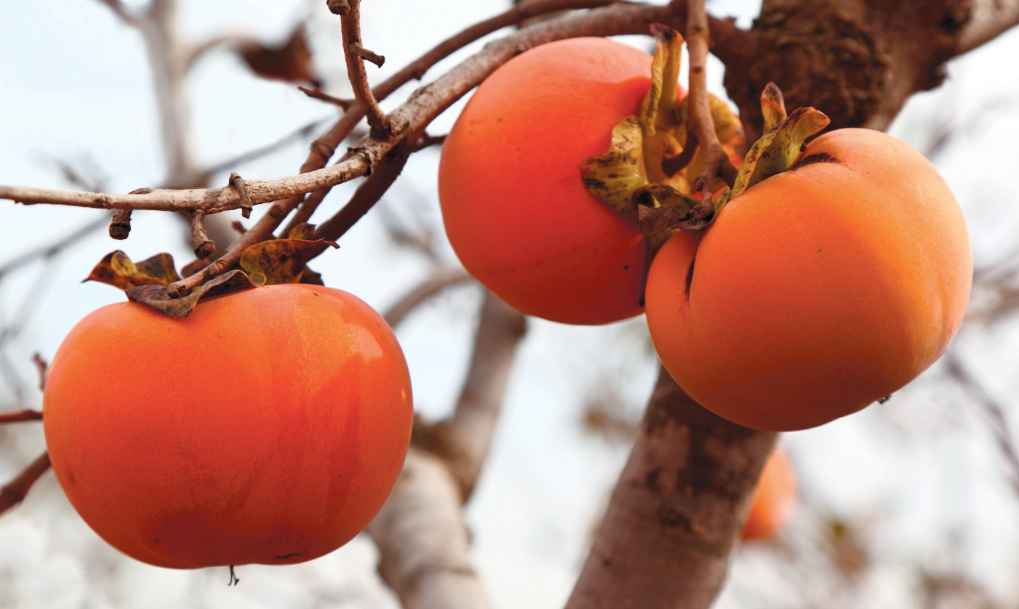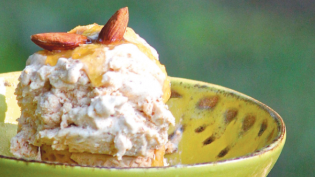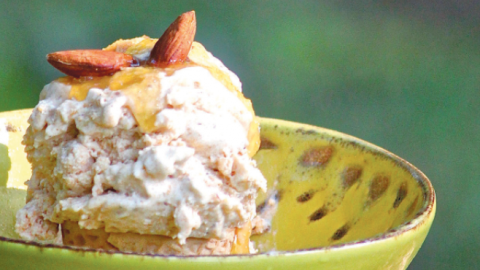Fresh this Fall: Persimmons
As the first leaves of fall begin to turn and Hoosiers reach for their scarves, the rituals of autumn call upon us. Another ritual is unique to our southern Hoosiers: the enjoyment of Indiana’s persimmon fruit.
From the Latin for “divine fruit”, the persimmon (Diospyros virginiana) is a native Indiana tree that bears golf-ball-sized fruit that usually turns a bright orange and falls to the ground in late fall.
The persimmon is unlike other fruit in that it does not fully ripen until after it has dropped from the tree and onto the earth. Ripe persimmon fruit is sweet, with high sugar content, making it ideal for many desserts such as sherbet, custard, pudding and cake.
For Bloomington Brewing Company, late autumn means the opportunity to brew their specialty Persimmon Ale. Over 100 pounds of Indiana persimmon pulp is added to the boil kettle, along with ground cinnamon and nutmeg, giving the brew some holiday spice, according to Mark Cady, business manager at BBC.
All of the persimmons in their ale are harvested in the wild and provided by Dillman Farms, a family-owned treasure of Monroe County. Their motto: “We believe that the food we eat should be as simple as possible.”
About 35 miles south of Bloomington, Mitchell’s Annual Persimmon Festival, sponsored by the Greater Mitchell Chamber of Commerce, has become a Southern Indiana tradition that commemorates this indigenous signature fruit with a weeklong celebration. The 2014 festival, the 68th, takes place Sept. 20–27, with Main Street activities kicking off on Monday. For more information on the festival visit PersimmonFestival.org.
Persimmons are a native resource that few people are aware of. The fruit is healthy, high in nutrients and should be harvested immediately if they have fallen to the ground. If you’re not yet a fan of this fruit, we can guarantee you will be after Edible Indy’s Persimmon Cardamom Ice Cream with Maple Syrup and Toasted Almonds.
Did You Know?
• A common myth about the persimmon tree is that when the ovary inside a persimmon fruit is shaped like a spoon, a bad winter is expected. When it is shaped like a fork, a mild winter can be expected.
• The common persimmon tree is a native species found in a variety of habitats from southern New England, throughout the southeastern United States and westward to California. ‘
• It is one of the few trees that can grow in almost any type of soil, and can adapt to a wide range of climates.
• They are an excellent source of potassium, much higher than bananas.
• Old wives’ tale: Eating them raw can cure leg cramps.






